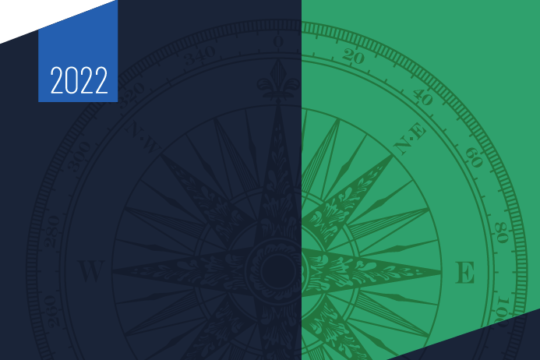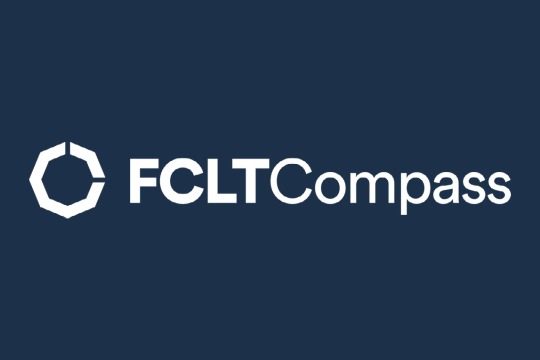2022 marked a year of turbulence – with households, institutional investors, and corporations all trying to adapt to a new macroeconomic environment. Higher inflation and interest rates led to declines in the equity and fixed-income markets, as well as a decline in global wealth overall. Both the corporate and saver groups reached new lows in time horizons since we began tracking FCLTCompass data in 2009.
In 2022:
- Corporate investment horizons shortened by 6% (4 months) to 5 years.
- Saver investment horizons shortened by 4% (5 months) to 10 years 5 months.
- Institutional investors’ investment horizons lengthened by 3% (2 months) to 5 years 5 months.
View the latest updates to the FCLTCompass dashboard
Public companies favor payouts over reinvestment
In 2022, public companies continued to prioritize capital distribution over reinvestment, with total payout to developed market shareholders reaching 90 percent of net income, compared to just 74 percent in 2021. This over-distribution of capital undermines resilience and impedes long-term value creation.
Savers face decreased wealth and shorter investment horizons
Household savers experienced a nine percent decrease in overall wealth, coupled with a five percent shortening in their investment horizon. A down year in global equities and fixed income decreased long-term savings, and additional cash reserves for rainy-day scenarios further shortened household horizons. These horizons continue to shorten in stark contrast with their retirement needs; this is demonstrated in the enormous retirement gap many individuals currently face.
Institutional investors extend investment horizons, favoring private equity
Despite challenging macroeconomic headwinds, institutional investors have again lengthened their investment horizons, overtaking corporates in 2022. By continuing their shift from active public equity into indexed public equity and private equity, developed market institutional investors have lengthened their horizons while trading off liquidity.
Emerging markets close the gap with developed markets as state-backed funds drive growth
Meanwhile, the investment horizons of household savers in emerging markets are reaching levels similar to their developed market counterparts through the establishment of large saving institutions with long-term oriented investments. The fastest growing saver institutions over the past decade were not any US pension, OCIO, or endowment: instead, it was large, state-backed funds like China Investment Corporation and the Abu Dhabi Investment Authority. The growing impact of official long-term savings institutions at scale in emerging markets has lengthened the investment horizons in these regions considerably.
These shifts have significant implications for all capital market participants. What can companies, investors, and savers learn from these trends to improve their long-term decision-making?
- For companies,In aggregate, paying out close to 100% of net income to shareholders is unsustainable.
- For investors, engage with portfolio companies about the sustainability of their elevated payout levels.
- For savers, it is crucial to have access to more effective savings tools, enhanced strategic planning, and expert advice to ensure they are investing wisely for the long haul.
To learn more, download the report:
Download FCLTCompass 2023

